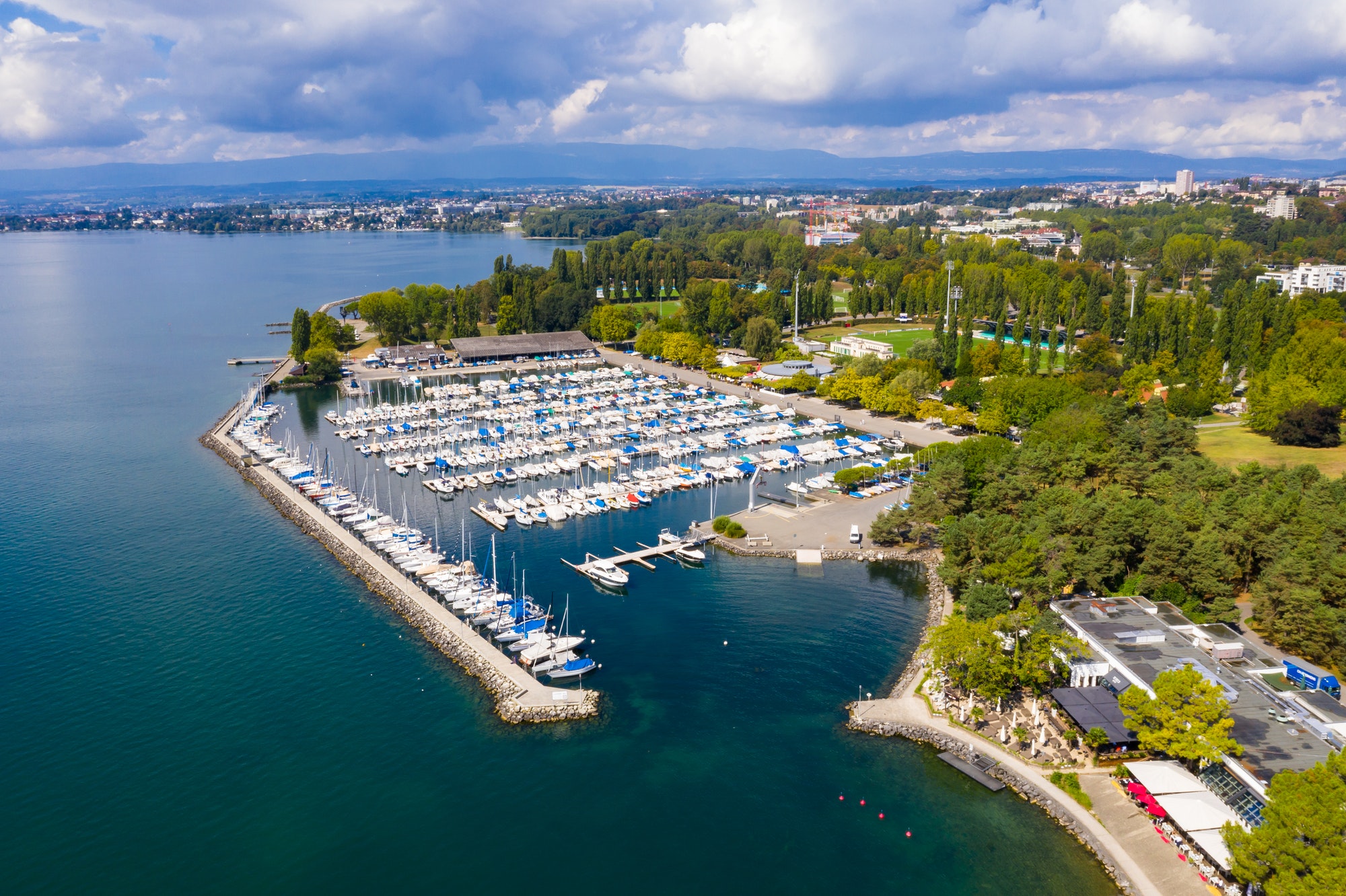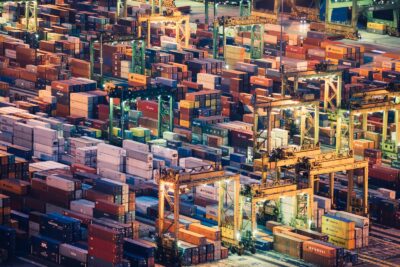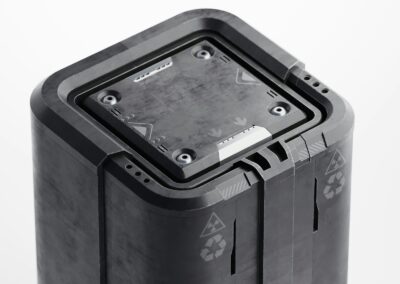Enhancing Traffic Management Through IoT Solutions
Understanding the Impact of IoT in Dynamic Traffic Routing
IoT in dynamic traffic routing is revolutionizing how cities like Riyadh and Dubai manage congestion, making urban transportation more efficient and user-friendly. As these cities continue to grow and their populations increase, managing traffic flow has become a critical issue. IoT solutions provide a powerful tool for monitoring and controlling traffic in real time, allowing for dynamic adjustments that can significantly reduce congestion on busy routes.
The integration of IoT in traffic management systems enables the collection and analysis of data from various sources, such as traffic cameras, sensors embedded in roads, and GPS data from vehicles. This data is then used to predict traffic patterns and make real-time adjustments to traffic signals, speed limits, and even routing suggestions for drivers. For example, in Dubai, IoT-powered traffic management systems have been instrumental in reducing traffic jams by offering alternative routes to drivers during peak hours, helping to distribute traffic more evenly across the city’s road network.
In Riyadh, similar IoT initiatives are being implemented as part of the Saudi Vision 2030 plan, which aims to modernize the city’s infrastructure. By leveraging IoT technology, Riyadh’s traffic management system can now dynamically reroute vehicles based on real-time data, reducing delays and improving overall traffic flow. This not only enhances the driving experience but also contributes to reducing the environmental impact of congestion, as smoother traffic flow leads to lower emissions.
Success Stories from the UAE and Saudi Arabia
The success of IoT in dynamic traffic routing can be seen in several case studies from the UAE and Saudi Arabia. In Dubai, the Roads and Transport Authority (RTA) has implemented a smart traffic management system that uses IoT devices to monitor and control traffic signals across the city. This system has been particularly effective in managing traffic during major events, such as the Dubai Expo, where the influx of visitors could have otherwise caused severe congestion. By using IoT to dynamically adjust traffic signals and suggest alternative routes, the RTA was able to maintain smooth traffic flow throughout the event.
In Saudi Arabia, the city of Jeddah has also seen significant improvements in traffic management through the use of IoT. The city’s smart traffic system, which is part of a broader initiative to transform Jeddah into a smart city, uses IoT sensors to monitor traffic conditions in real time. This data is then used to optimize traffic signals and provide drivers with real-time updates on the best routes to take, helping to reduce travel times and avoid congested areas.
These success stories highlight the transformative potential of IoT in dynamic traffic routing. By enabling cities to respond to traffic conditions in real time, IoT helps to create more efficient, responsive, and sustainable urban environments. This is particularly important in rapidly growing cities like Riyadh and Dubai, where managing traffic congestion is a major challenge.
The Future of Traffic Management with IoT
Challenges and Opportunities Ahead
While the benefits of IoT in dynamic traffic routing are clear, there are still challenges that need to be addressed to fully realize its potential. One of the main challenges is the integration of IoT systems with existing traffic management infrastructure. In many cities, traffic management systems are outdated and not designed to handle the vast amounts of data generated by IoT devices. Upgrading these systems to be compatible with IoT technology requires significant investment and coordination between government agencies and technology providers.
However, these challenges also present opportunities for innovation. For instance, the development of 5G networks in the UAE and Saudi Arabia will enable faster and more reliable communication between IoT devices, making it possible to implement more advanced traffic management solutions. Additionally, the use of artificial intelligence (AI) in conjunction with IoT can further enhance dynamic traffic routing by enabling predictive analytics and automated decision-making.
Looking forward, cities in the UAE and Saudi Arabia are well-positioned to continue leading the way in the implementation of IoT in dynamic traffic routing. As these cities expand and their transportation networks become more complex, the ability to manage traffic in real time will be essential. By building on their current successes and addressing the challenges ahead, these cities can set new standards for smart traffic management on a global scale.
The Strategic Importance of IoT in Transportation
For business executives, mid-level managers, and entrepreneurs in the transportation sector, the strategic importance of investing in IoT for dynamic traffic routing cannot be overstated. Not only does it improve operational efficiency, but it also enhances the overall user experience by reducing travel times and minimizing the frustration of congestion. In regions like the UAE and Saudi Arabia, where the government is heavily investing in smart city initiatives, being at the forefront of IoT adoption in traffic management can open doors to new business opportunities and partnerships.
Moreover, companies that contribute to or utilize IoT in dynamic traffic routing are better positioned to scale their operations across different cities or countries. For example, a traffic management solution developed for Dubai could be easily adapted for use in Riyadh, provided it adheres to the same interoperability standards. This scalability is a significant advantage in a world where cities are increasingly looking to IoT to solve complex transportation challenges.
In conclusion, the role of IoT in dynamic traffic routing is pivotal in shaping the future of urban transportation. By continuing to prioritize the integration of IoT in traffic management systems, cities like Riyadh and Dubai can ensure that their transportation networks remain efficient, resilient, and capable of meeting the needs of their growing populations. For businesses, the ability to contribute to or leverage these IoT systems will be key to thriving in the smart cities of tomorrow.
#IoTTransportation, #DynamicTrafficRouting, #SmartCities, #UAEInnovation, #SaudiVision2030, #TrafficManagement, #SmartMobility































